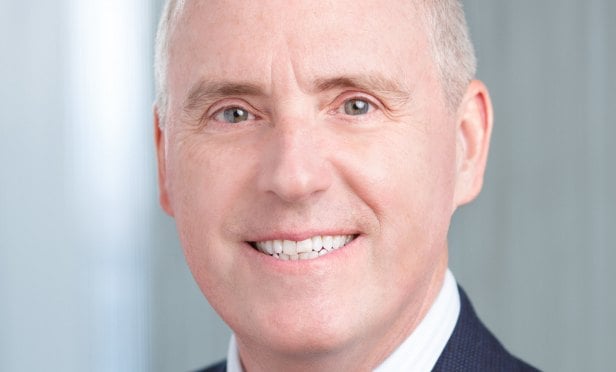 Investment appetite for medical office product has continued to increase as the cycle has matured. That's because some investors see medical office as a good late-cycle play. In the last recession, the asset class proved to hold up, and now with growing demand drivers—thanks to a changing healthcare industry and an aging population—savvy investors are expanding medical office exposure before the next recession hits. JLL Income Property Trust is among the group strategically buying medical office assets, including its recent purchase of Genesee Plaza in San Diego for $90 million.
Investment appetite for medical office product has continued to increase as the cycle has matured. That's because some investors see medical office as a good late-cycle play. In the last recession, the asset class proved to hold up, and now with growing demand drivers—thanks to a changing healthcare industry and an aging population—savvy investors are expanding medical office exposure before the next recession hits. JLL Income Property Trust is among the group strategically buying medical office assets, including its recent purchase of Genesee Plaza in San Diego for $90 million.
“Late cycle, we are purposely looking to take less risk and seek out defensive sectors, and medical office has certainly proved to fit this mold,” Allan Swaringen, president and CEO of JLL Income Property Trust, tells GlobeSt.com. “During the global financial crisis, values in the medical office sector held up better than virtually any other asset class, in large part due to both a more conservative development cycle—there is less speculative development and more build-to-suits in this property category—and to the stronger and more stable income-generation from these assets.”
Since the recession, the story hasn't change much. In fact, medical office has been among the strongest performers this cycle. “Over the past 10 years our return data shows that unleveraged income yields from medical office has outperformed both traditional office and the all-sector index by about 100 basis points, 6.1% versus. 5.2% and 5.1%, respectively,” says Swaringen.
Actually, it isn't only during and since the recession that medical office has proven to provide returns to investors. JLL has tracked the asset class performance over the last 20 years, and the market has had steady job growth. “Over the past 20-year period, we have observed that employment growth in health care has averaged 2.9% per year, and has stayed positive each year, even during 2002-2003 and 2009-2010 when national employment declined,” says Swaringen.
The strong history of medical office paired with today's demand drivers has made this an attractive buy, particularly at this stage in the cycle. “In addition to the defensive nature of the asset class at this point in the cycle, we feel the dual tailwinds of an aging population and the continuing trend of delivering healthcare outside of hospitals will serve to provide strong investment performance well into the future,” adds Swaringen. “So, medical office properties do feature prominently into our near-term acquisition plans. We have a national strategy at present and will look to uncover opportunities for further investment not only in Southern California but also nationwide.”
© Touchpoint Markets, All Rights Reserved. Request academic re-use from www.copyright.com. All other uses, submit a request to [email protected]. For more inforrmation visit Asset & Logo Licensing.






